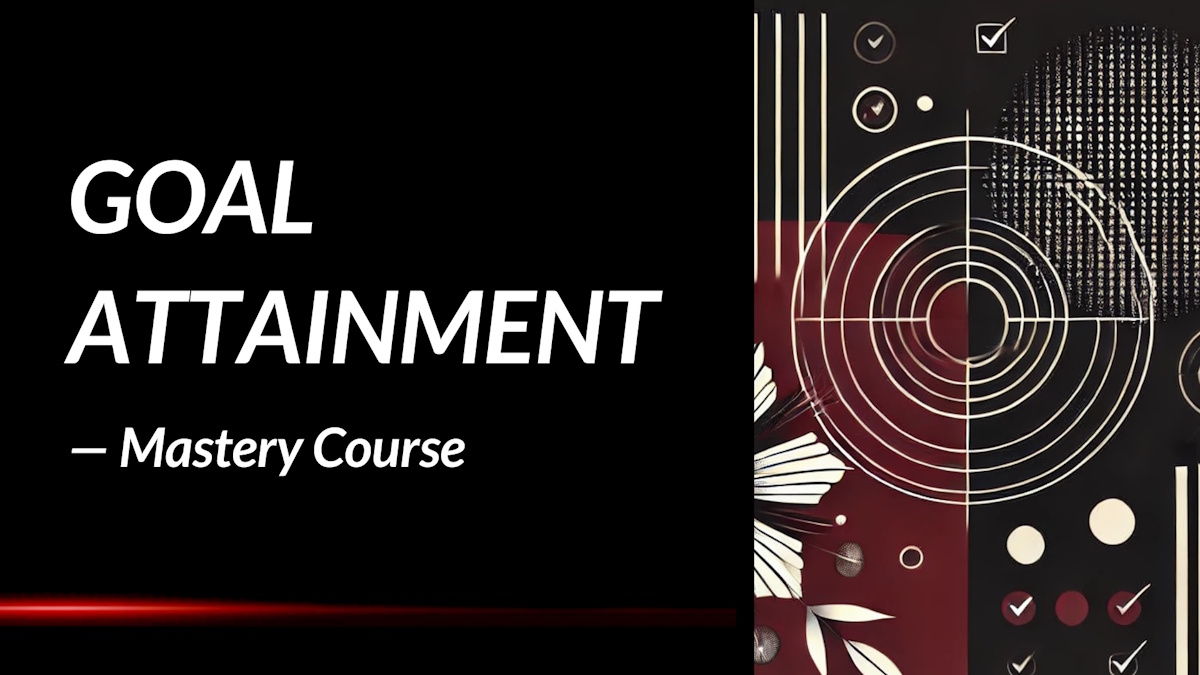Leadership: The Art of Inspiring People To Be Their Best: Summary Review
What does it truly take to inspire others to be their best selves? In Leadership: The Art of Inspiring People to Be Their Best, Major General Craig B. Whelden, U.S. Army (Ret.), distills five decades of leadership experience into a compelling guide that resonates across professions and generations.
What is the Book About?
Leadership: The Art of Inspiring People to Be Their Best is a culmination of Major General Craig B. Whelden’s 50-year journey through military and civilian leadership roles. Structured into 24 concise chapters, the book begins with the foundational concept of character and expands into vital topics such as trust, mentorship, effective communication, and legacy-building. Whelden shares personal anecdotes and lessons learned from his extensive career, offering readers practical insights into leading with integrity and purpose.
Beyond personal narratives, the book includes two valuable appendices: Whelden’s time-tested "Philosophy of Command" and a self-assessment titled "Whelden on Whelden." These tools provide readers with actionable frameworks to evaluate and enhance their leadership approach. Whether you're in the military, corporate, or nonprofit sector, Whelden’s experiences offer universally applicable lessons on inspiring others and achieving excellence.
Book Details
Print length: 188 pages
Language: English
Publication date: March 19, 2019
Genre: Leadership / Personal Development
Book Author
Core Theme
At its core, Leadership emphasizes that true leadership is about inspiring others to reach their full potential. Whelden argues that effective leaders are those who lead with character, build trust, and prioritize the growth and well-being of their teams. He underscores the importance of self-awareness, adaptability, and continuous learning in navigating the complexities of leadership.
The book also delves into the significance of mentorship, the necessity of clear communication, and the value of leaving a lasting legacy. Whelden's insights are drawn from real-life experiences, making the lessons relatable and actionable. His approach demystifies leadership, presenting it as an attainable skill set grounded in authenticity and service to others.
Main Lessons
A few impactful summary lessons from Leadership: The Art of Inspiring People to Be Their Best:
1. Leadership Begins with Genuine Personal Integrity
One of the strongest currents running through Craig Whelden’s leadership philosophy is the unshakable value of integrity. Leadership is not about commanding with authority, but about inspiring trust through character. The stories in his book make it clear: people don’t follow because of your rank or title—they follow because of who you are. Whether dealing with adversity or praise, Whelden emphasizes the importance of being the same consistent, honest, and reliable person in both public and private. His view is that integrity isn’t an accessory to leadership—it’s the foundation. Without it, no title or strategy will keep people inspired for long.
2. Inspire by Caring Personally and Leading Inclusively
True leadership isn't about barking orders or being the smartest person in the room—it's about knowing people’s names, caring about their well-being, and engaging them in meaningful ways. One anecdote Whelden shares illustrates a leadership lesson with quiet profundity: the most important question on a leadership exam was simply, "What is the name of the janitor who cleans this room?" That story reveals the heart of his philosophy—great leaders see everyone in their orbit, not just the ones in uniform or suits. They lead from a place of empathy, recognition, and personal connection, which turns followers into believers.
3. Learn from Every Leader—Especially the Bad Ones
Whelden makes a powerful case that leadership development is a lifelong process shaped not just by mentors, but also by the difficult, frustrating, or even toxic leaders we encounter. Instead of letting bad experiences go to waste, he suggests using them as blueprints for what not to do. Every encounter becomes a classroom, every flawed leader a reverse model. This lesson flips negativity into purpose and encourages reflective practice, helping future leaders shape their own style by clarifying what they want to leave behind.
4. Leadership Without Family Balance Leads to Hollow Success
In a poignant passage, Whelden shares the story of a fellow officer who, after decades of professional achievement, found himself estranged from his children and abandoned by his wife. The message is loud and clear: success built on personal sacrifice alone is a dangerous illusion. Leaders must prioritize the people who matter most in their lives—not just subordinates and missions, but spouses, children, and friends. A leader who sacrifices everything for a cause without maintaining personal roots risks waking up one day with medals on their chest but emptiness in their home.
5. Storytelling Is a Leadership Superpower
Rather than dry theory, Whelden’s method of teaching leadership is rooted in story. Every principle is wrapped in a real moment—sometimes hard, often uplifting, always instructive. This approach brings his teachings to life and makes them memorable. As readers, we don’t just learn abstract ideas; we experience them. The lesson here is two-fold: stories humanize leadership, and leaders who share their own journeys—not just their wins, but their stumbles—build deeper trust and inspire others more authentically than those who preach from pedestals.
6. Leadership Is About Mission and People, Not One or the Other
Whelden breaks the false dichotomy that leaders must choose between mission focus and people focus. His experiences in the military and the Department of Defense reveal a nuanced truth: the best leaders hold both with equal weight. They drive results by ensuring that people feel respected, included, and understood. Leadership, in his eyes, is not about tilting between outcomes and empathy, but weaving them together so that people want to give their best—not because they’re told to, but because they’re inspired to.
7. Never Underestimate the Power of Humility
In a world that often confuses leadership with bravado, Whelden’s emphasis on humility is both refreshing and grounding. He reminds us that ego is the enemy of growth, and that real leaders never stop learning, even at the top. Whether it's taking advice from subordinates or owning up to mistakes, humility invites collaboration, boosts morale, and sustains long-term credibility. A humble leader isn’t weaker—they’re more secure in their strengths, and more open to becoming better.
8. Create a Workplace People Are Proud to Belong To
Perhaps one of the most motivating takeaways is Whelden’s call to build an environment where people want to come to work—not out of obligation, but from inspiration. He challenges leaders to become the kind of person others don’t want to disappoint, not because of fear, but because of admiration. This kind of culture doesn’t happen by accident. It’s built through consistency, emotional intelligence, and a leader’s commitment to seeing their people as more than job titles. When leaders foster purpose and connection, the workplace becomes a source of pride, not pressure.
9. Leadership Is Not Defined by Subordinates, but by Impact
Whelden distinguishes between managers and leaders by focusing on influence, not hierarchy. You don’t measure leadership by how many people you command, but by how many lives you positively impact. This lesson liberates readers from thinking leadership is confined to a title or office. It’s about how you treat others, how you carry yourself, and how you inspire. It reminds readers that leadership can be practiced at every level—whether you're a CEO or a cadet, a parent or a peer.
10. Share What You’ve Learned to Strengthen Others
The final and perhaps most selfless lesson Whelden teaches is that leadership is not about hoarding wisdom—it’s about passing it on. Through every chapter, he models the importance of mentorship and reflection. By openly sharing his failures and triumphs, he encourages others to do the same. The goal isn’t just to lead—it’s to help build leaders. In doing so, you create a ripple effect that extends your impact far beyond your own time or role. Great leaders don’t just rise; they lift others as they climb.
Key Takeaways
Key summary takeaways from the book:
- Character is the cornerstone of effective leadership; integrity and authenticity build trust.
- Mentorship, both given and received, is crucial for personal and professional growth.
- Clear and empathetic communication fosters strong team dynamics and mission success.
- Leaders must be adaptable and resilient, especially in times of change and uncertainty.
- Leaving a positive legacy involves empowering others and creating sustainable systems.
Book Strengths
Leadership stands out for its practical wisdom and engaging storytelling. Whelden's ability to translate complex leadership principles into relatable narratives makes the book accessible to a wide audience. Readers appreciate the actionable insights and the author's transparent sharing of both successes and challenges. The inclusion of personal tools and frameworks further enhances the book's utility as a leadership resource.
Who This Book Is For
This book is ideal for aspiring and seasoned leaders across various sectors, including military, corporate, nonprofit, and educational fields. It's particularly beneficial for individuals seeking to develop their leadership skills through real-world examples and practical guidance. Anyone interested in personal growth and effective team management will find valuable lessons within its pages.
Why Should You Read This Book?
Reading Leadership offers a unique opportunity to learn from a seasoned leader who has navigated diverse challenges and responsibilities. Whelden's insights provide a roadmap for cultivating leadership qualities that inspire and empower others. The book's blend of personal anecdotes and universal principles makes it a compelling read for anyone committed to making a positive impact through leadership.
Concluding Thoughts.
Leadership: The Art of Inspiring People to Be Their Best is more than a memoir; it's a practical guide that demystifies the essence of effective leadership. Whelden's experiences serve as a testament to the power of leading with integrity, empathy, and a commitment to others' growth. His stories resonate with authenticity, offering readers both inspiration and actionable strategies.
Whether you're stepping into a leadership role or seeking to refine your existing approach, this book provides valuable insights that can transform your perspective and practice. Embracing Whelden's lessons can lead to more meaningful and impactful leadership experiences.
"→ Get the book on Amazon or discover more via the author's website or social channels.
* The publisher and editor of this summary review made every effort to maintain information accuracy, including any published quotes, lessons, takeaways, or summary notes.
Chief Editor
 Tal Gur is an author, founder, and impact-driven entrepreneur at heart. After trading his daily grind for a life of his own daring design, he spent a decade pursuing 100 major life goals around the globe. His journey and most recent book, The Art of Fully Living, has led him to found Elevate Society.
Tal Gur is an author, founder, and impact-driven entrepreneur at heart. After trading his daily grind for a life of his own daring design, he spent a decade pursuing 100 major life goals around the globe. His journey and most recent book, The Art of Fully Living, has led him to found Elevate Society.



















